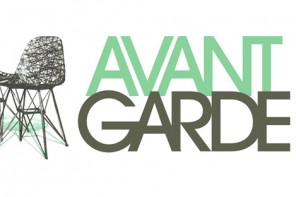TUV AIMAK, Mongolia – Often, the best eco-friendly initiatives stem out of necessity!
In Mongolia´s vast steppe, where thousands still practice the nomadic lifestyle of their ancestors, solar panels are pitched atop more and more tents, taking the place of fixed power lines.
The panels, which cost around $118 each, allow families to charge their phones, power their energy-saving light bulbs and even watch a couple of hours of television in the evening.
But the best thing about the panels — and the solar energy they harness — is that they can be packed up along with the tent, or yurt, when the herders need to move to greener pastures.
Complementing the panels are supplies of dried animal dung, courtesy of the cattle that are integral to nomads´ livelihood, and which are used to provide heat in the harsh winter.
Otgonsuren Perenlei, 27, and her husband moved back to the grasslands from Mongolia´s capital city, Ulan Bator, a few years ago, attracted by cleaner air and a more eco-friendly lifestyle. But despite her own conservation efforts, she said climate change was taking its toll on the steppe, and making it more difficult for nomads like her to make a living. “The global warming issue has made grazing very difficult these days. The grass hardly grows,” she told Reuters Television. “When I was a child I do not remember having to use fodder to feed the calves. Then, we had enough grass. Now, there is just not enough grass and there is less rain.”
Desertification caused by overgrazing, especially by goats who are raised for their soft cashmere wool, has added to their woes. The steppe herders´ attempts to sync their lifestyles with nature is in stark contrast to their counterparts who have chosen a more permanent home in the city, and where heavy pollution is a serious problem, especially in winter. Air pollution levels now reach almost 10 times the allowed rates during winter, according to Mongolia´s Air Quality Agency, as more nomads flock to the suburbs, seeking a more permanent lifestyle.
These “yurt” districts, which account for about 50 percent of the population, are the worst polluters, according to the agency, as these permanently settled nomadic communities rely on fossil fuels and wood for energy and heat. And the mountains surrounding the city trap the resulting pollution, making it difficult for everyone to breathe. “Traditionally Mongolians are nomads who live in harmony with nature. They care for their surroundings and this reflects in their own health. What we see in the city is negligence,” said Air Quality Agency analyst Munkhbat Tsendeekhuu.
Over the past year, around 15,000 people moved from the grasslands to the city, seeking a more consistent life. Many, like Gantuya Chimedsambuu and her family, are determined not to return to the grasslands, and accept the pollution as a price to pay for their new lifestyle. “There is thick smoke every evening. We burn coal too so it´s smoky outside. You can´t see your surroundings clearly,” she said nonchalantly.
Sparsely populated Mongolia is home to around 2.6 million people, just under 1 million of whom live in Ulan Bator.
Source: chinadaily.com.cn
The liveeco team






